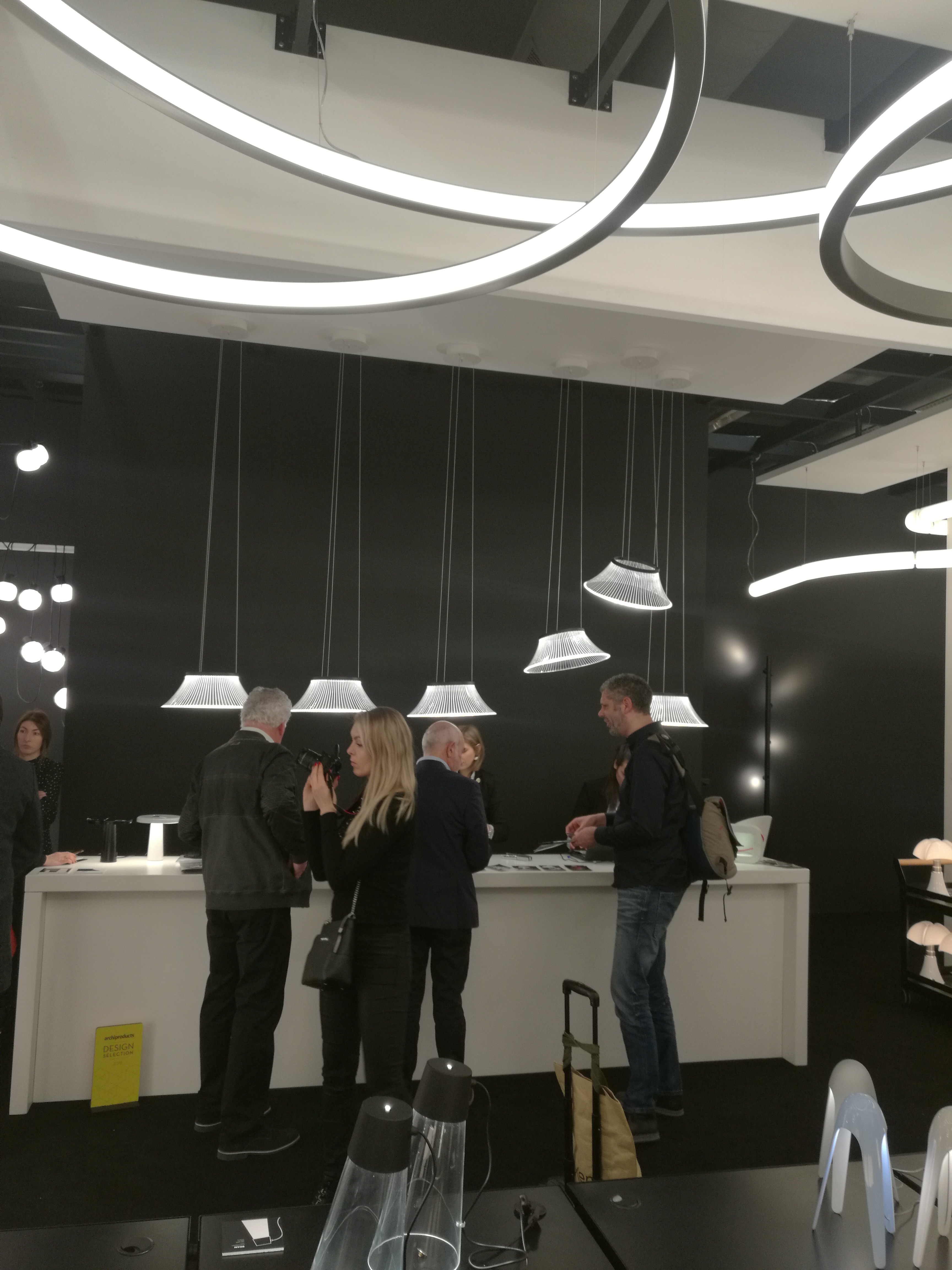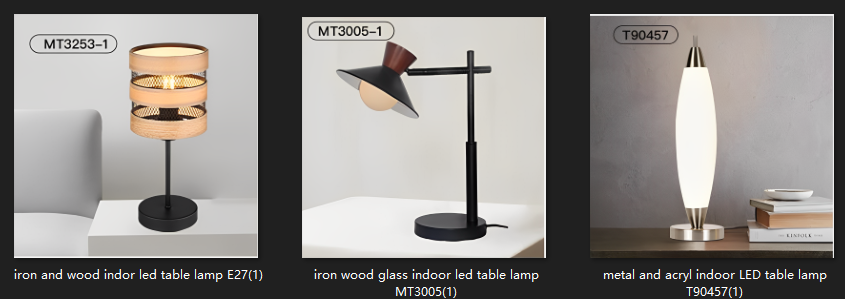The international conference for the lighting and building services technology industry will open again from March 3 to 8, 2024 at the exhibition grounds in Frankfurt am Main. The focus will be on trends in all aspects of lighting, the electrification and digitalization of home and building service technologies, and connected security technologies.
The energy transition in the buildings industry makes a decisive contribution to achieving climate protection goals. Whether it is energy supply or energy management, the basis for future energy use is the electrification of homes, buildings and urban infrastructure. Light+Building emphasizes the core importance of electrification, claiming "electrification". At the industry's international conference, the focus is on technological innovation to move forward on the path to a sustainable future.
Wonledlight have done most of the European guests suppliers will certainly participate, sorry we can not be the exhibitor, because we do around 40% big customer of Europe, such as Germany, Italy,Sweden, Nord-Norge etc, We have signed a contract with our big customer, we have agreement with our main customer so we will meet you as an old friend. If you are also interested in our products, please write to us for an appointment to share more about us and our products with you | wonledlight
Chinese LED lighting Suppliers: Illuminating the World
China, with its rich cultural heritage and centuries-old traditions, has become synonymous with the art of lights making. Chinese lights have evolved from simple functional tools to complex works of art, and today they illuminate celebrations around the world. In this article, we’ll explore the world of Chinese lantern vendors, gaining insight into their history, craftsmanship, and global impact.
historical roots
The history of Chinese lanterns can be traced back to the Eastern Han Dynasty (25-220 AD). Initially, they were utilitarian devices, used primarily to provide light. Craftsmen cover frames made of bamboo or wood with silk or paper. Over time, these lanterns became not only a source of light but also an artistic expression. The tradition of lantern making continues to evolve, incorporating symbolism, aesthetics and intricate design.
Craftsmanship
Chinese lantern making is a labor-intensive art that requires a high level of skill and precision. Suppliers invest countless hours perfecting their craft, ensuring every lantern they produce meets the highest standards of quality and beauty.
Materials: Chinese lanterns are typically made from a variety of materials, with silk and paper being the most common cover choices. The frame is made of bamboo, wood, or metal, depending on the size and style of the lantern.
Materials: Chinese lanterns are typically made from a variety of materials, with silk and paper being the most common cover choices. The frame is made of bamboo, wood, or metal, depending on the size and style of the lantern.
Design: Chinese lanterns are known for their diverse and intricate designs. Traditional patterns often include dragons, phoenixes, lotuses and Chinese characters representing good luck and happiness. These designs are carefully hand-painted or printed on the surface of the lantern, creating a stunning visual display when illuminated.
Assembly: Assembling a Chinese lantern is a meticulous process. Each component must be precisely cut, bent and attached to create the final shape. The cover is carefully secured to the frame, making sure it is tight and without wrinkles.




